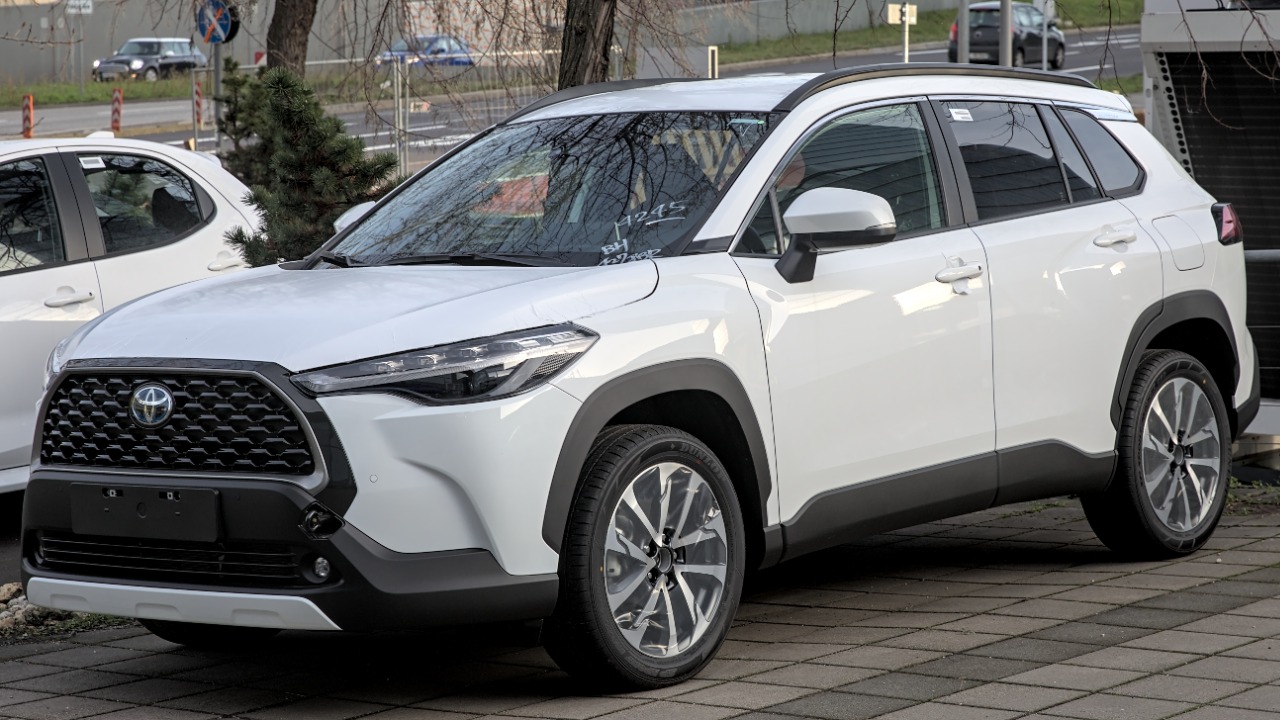
In recent years, electric vehicles (EVs) have been heralded as the future of transportation, promising lower emissions and reduced dependency on fossil fuels. However, a surprising trend is emerging as more drivers are reconsidering internal combustion engines (ICEs). A closer examination reveals the factors fueling the resurgence of interest in combustion engines and why some drivers are turning away from electric vehicles.
The Allure of Combustion Engines
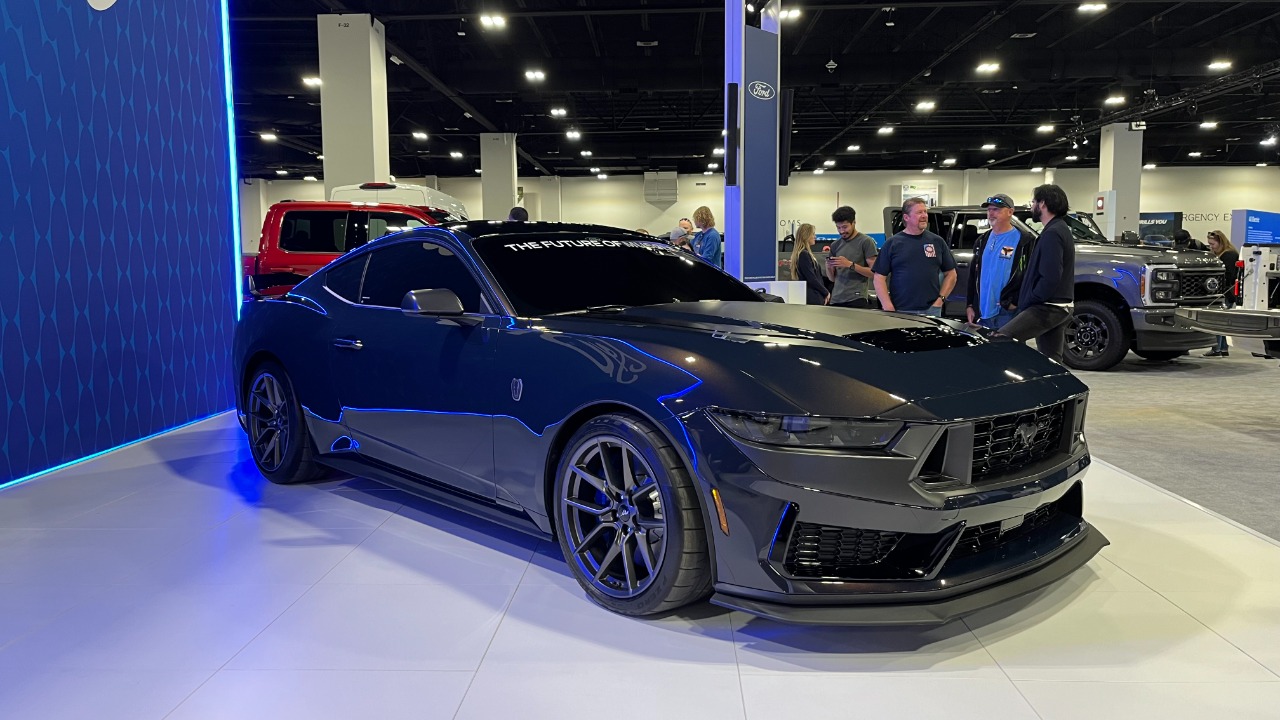
Many drivers find the performance and familiarity of internal combustion engines (ICEs) irresistible. While electric vehicles have made significant strides in power delivery, some enthusiasts argue that EVs cannot match the visceral thrill of a roaring engine or the tactile feedback of a manual gearbox. The sensation of driving a car like the 2023 Ford Mustang, with its iconic V8 engine, is something that electric motors have yet to fully replicate. For drivers who crave the traditional driving experience, the allure of an ICE is undeniable.
Cost and accessibility further enhance the appeal of combustion engines. While the initial purchase price of electric vehicles has been decreasing, many budget-conscious consumers still find ICE vehicles more affordable. Models like the Honda Civic and Toyota Corolla offer financially accessible options that new EVs struggle to match. Additionally, the vast network of fuel stations, along with readily available parts and experienced mechanics, provides a level of convenience and reliability that EV infrastructure has yet to achieve.
Challenges Facing Electric Vehicles
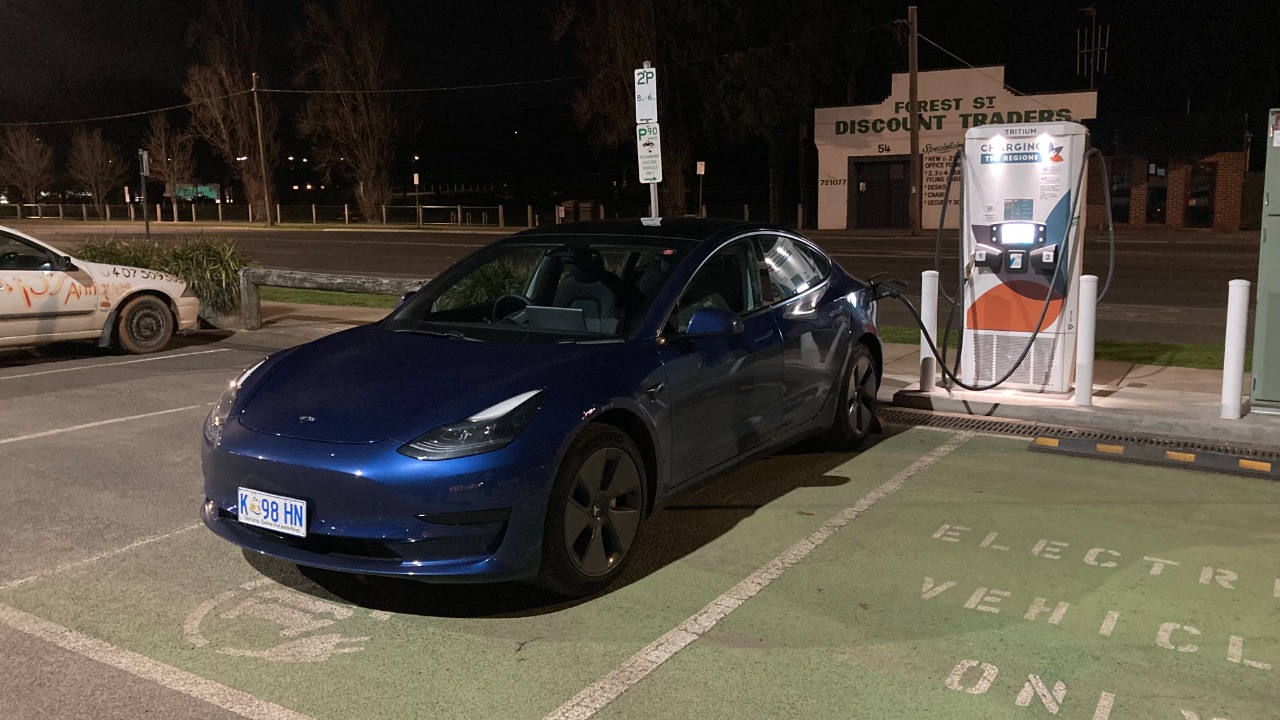
Range anxiety remains a significant barrier to EV adoption. Despite improvements, many potential buyers are concerned about the limited range of electric vehicles and the availability of charging stations. For example, in rural areas or regions with poorly developed charging networks, drivers may find it challenging to rely solely on an electric car. This concern is highlighted by articles such as this one from ABC News, which discusses the ongoing issues with EV range and infrastructure.
Charging time and convenience also pose challenges for EV adoption. Unlike the quick refueling process of ICE vehicles, charging an electric car can take hours, depending on the type of charger and battery capacity. The time investment required for charging, coupled with the relatively limited number of fast-charging stations, adds a layer of inconvenience that many drivers are unwilling to accept. Furthermore, the BBC Worklife article highlights how consumer expectations around charging times can influence EV adoption.
Shifts in Consumer Mindset

There’s a growing perception among some consumers that the benefits of EVs have been overstated. As highlighted in this Yahoo Autos article, skepticism about the practicality and long-term value of electric vehicles is influencing purchasing decisions. Some feel that the environmental impact of EVs, particularly concerning battery production and disposal, has not been adequately addressed. This skepticism creates a barrier to adoption, as consumers weigh the perceived benefits against potential drawbacks.
Cultural and emotional connections to combustion engines also play a role in consumer preferences. For many, driving an ICE vehicle is tied to personal identity and nostalgia. The roar of an engine or the connection to automotive history can be powerful influences that shape purchasing decisions. Additionally, a segment of the market remains resistant to change, preferring the tried-and-true reliability of ICE vehicles over new technology. This resistance is often rooted in a desire for familiarity and a reluctance to embrace the unknown.
Industry Response and Innovation
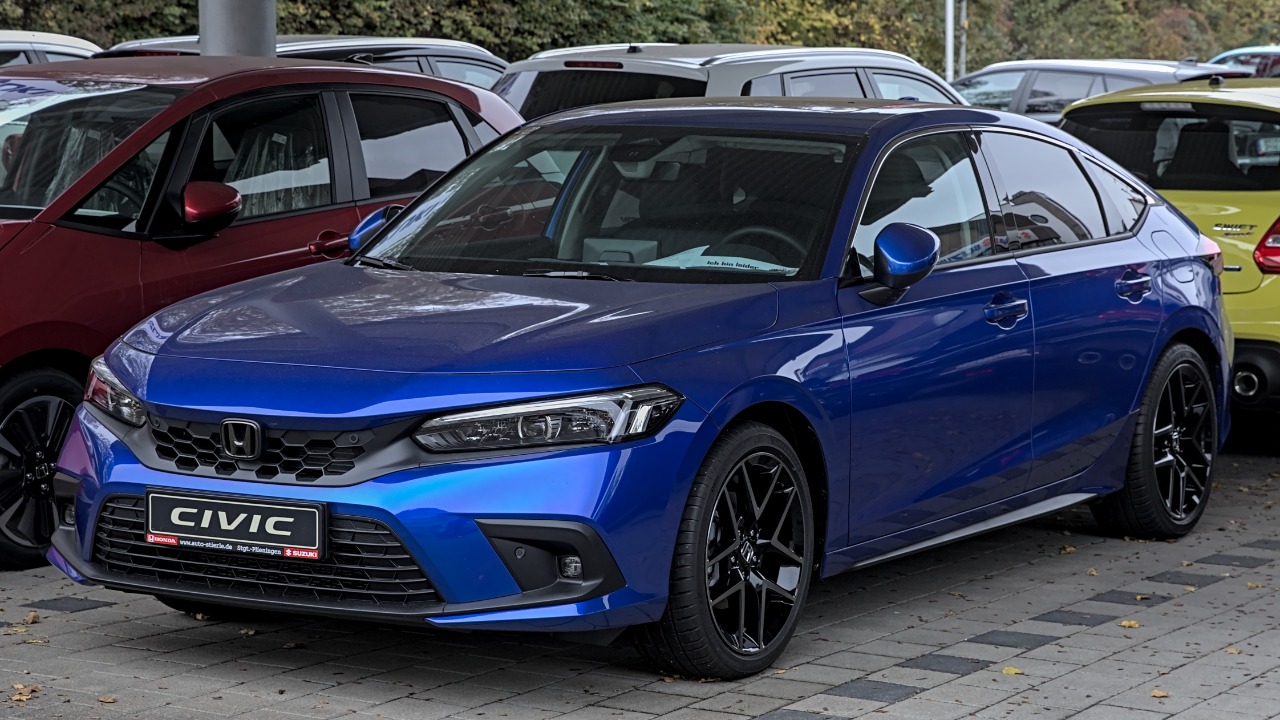
Automakers are adapting to the shifting landscape by investing in new technologies and hybrid solutions that blend elements of both ICEs and EVs. Companies like Toyota are leading the charge with innovative hybrid models that provide a bridge between traditional and electric vehicles. These hybrids offer consumers the benefits of improved fuel efficiency and reduced emissions without requiring a complete transition to electric power.
Policy and regulation also play a significant role in shaping consumer choices and the automotive industry’s direction. Government incentives and regulations can encourage or discourage the adoption of specific technologies. For instance, tax credits and rebates for EV purchases can make them more attractive, while stricter emissions standards may push automakers to innovate and improve their ICE offerings. The future prospects for combustion engines may also be bolstered by developments in synthetic fuels and more efficient combustion technologies, which could extend their relevance in a sustainable manner.
The Role of Global Markets
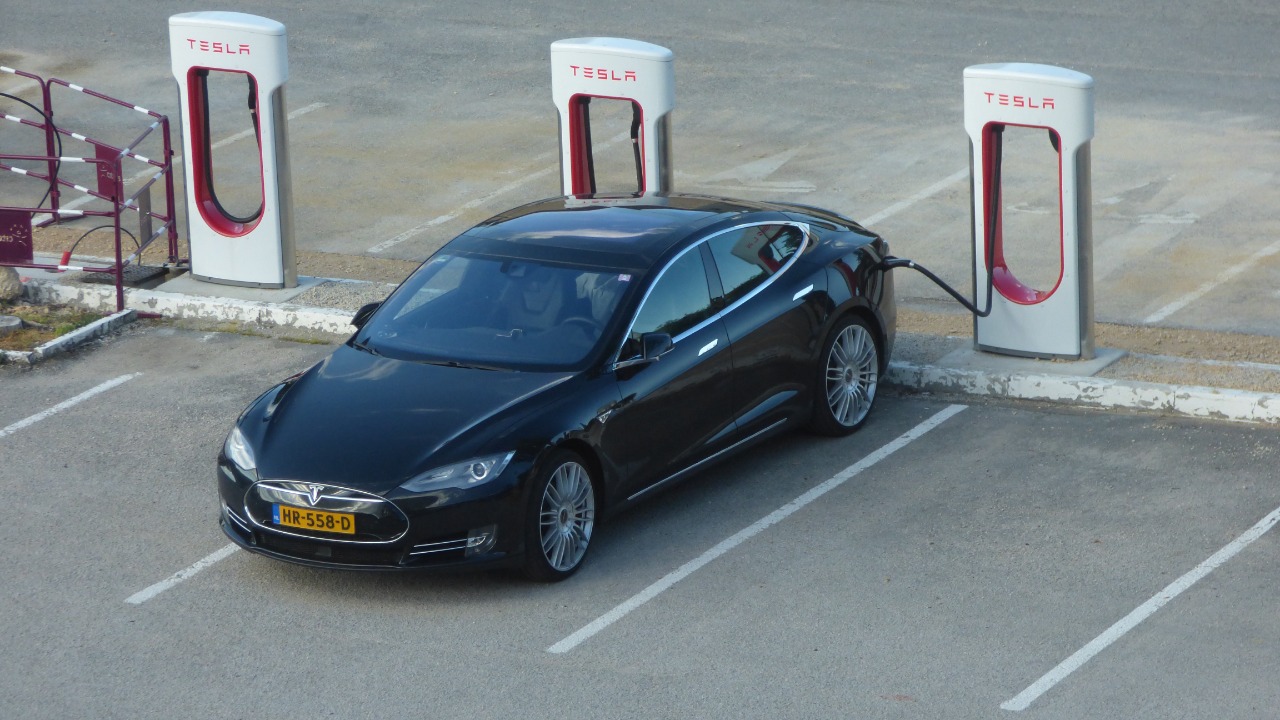
Regional preferences and economic factors significantly influence the adoption of ICEs versus EVs. Different regions have varying levels of EV adoption, shaped by local infrastructure, government policies, and consumer attitudes. In countries with a robust charging infrastructure and supportive policies, EVs may be more popular. Conversely, in areas where these conditions are lacking, ICE vehicles remain the preferred choice.
Emerging markets also play a crucial role in shaping global automotive trends. In developing countries, the affordability and practicality of combustion engines continue to appeal to a broad audience. Economic conditions and fuel prices impact consumer choices, with EVs often being more sensitive to fluctuations in these areas. As highlighted in this book, the global market dynamics continue to evolve, with combustion engines maintaining a strong presence in regions where they align with consumer needs and preferences.